Helsinki (May 5-May 29, 2022)
- Kimberly OLeary
- May 16, 2022
- 4 min read
Updated: Jun 10, 2022

We flew out of Charles de Gaulle airportt into Helsinki. From Copenhagen-north, we saw many islands in the sea. We arrived in Helsinki to a very nice apartment, centrally located, with many restaurants, coffee shops, and groceries nearby.
Our friend, Irena, met us at the apartment that night. Irena lived with us in 2003-04. She was an exchange student and had attended East Lansing High School. She is now a doctor. She urged us to visit Suomenlinna the following day, since it was to be uncharacteristically sunny and a bit warmer. Suomenlinna is a series of islands about a 25-minute ferry ride from the port. Originally a Swedish castle (1748) it was surrendered to the Russians in 1808. In 1917, Finland achieved independence from Russia and it has been Finnish ever since. You can see evidence of all 3 cultures on the island. Suomenlinna is a UNESCO World Heritage site. It is well worth the visit.
We went to the top of Torni, a 13-story historic building in Helsinki. Built in 1931, it was the tallest building in Finland until 1976.
Photos of downtown Helsinki.
We went to see Swan Lake at the Opera House in Helsinki (Ooppera).
A wonderful visit with Irena's mom, Marja-Liisa, in Vuosaari.
Helsinki is a major port city on the Baltic Sea. We took a 3-day cruise to Stockholm - boarded the late afternoon of a Tuesday, arrived in Stockholm Wednesday morning, spent the day in Stockholm, then returned to the ship and traveled back. We arrived in Helsinki Thursday morning. It was a lot of fun. Stockholm is bigger than Helsinki, and is arranged on a series of islands. We had a summer-like day there walking around the center (old) city.
Jean Sibelius is Finland's most famous composer. His works, the most famous of which is Finlandia, helped Finland form a national identity as the country achived its independence from foreign rule. Ruled by Sweden until 1809, Russia took Finland by war. Finland stayed under Russian rule until 1917, when Finland declared its independence after the Bolsheviks issued a decree giving Russian peoples the option of doing so. Since 1917, Finland has maintained a tense peace with Russia. While were were here, Finland an Sweden broke a lengthy policy against joining an official alliance against Russia, and petitioned to join NATO. We saw Ukrainian flags flying in Finland and Finnish flags flying in Sweden. Sibelius and his family lived near a colony of writers, artists, and musicians who all helped form Finnish national identity in the late 19th into the early 20th century. Our friend, Marja-Liisa, took us to this part of Finland where we toured Sibelius' home and the home of his friend the painter Pekko Palonen, who lived nearby. Thi is located a little under an hour north of Helsinki.
These photos are from Porvoo, a picture-book town about 45 minutes east of Helsinki. Porvoo is a medieval town, with a church dating back to the 13th century. Many old buildings are preserved and the river runs scenically through the town. The last groups of photos are from a drive by the hospital where Irena used to work (and still works some shifts), then a drive on the island of Sikosaari, which is a bird sanctuary and has hiking trails. It was beautiful. Much of this landscape reminds me of Michigan, especially the Upper Peninsula, although the trees are a bit taller and the glacial boulders a big larger. It's no wonder so many Finns went to Michigan to log in the late 19th and early 20th Centuries.
The next photos are mostly the hospitals in the Meilahti neighborhood of Helsinki. These are affiliated with the University of Helsinki. This is where Irena currently works. The colorful building is the children's hospital.
Marja-Liisa took us to a different part of Meilahti, the island of Seurasaari. This area is where the official residences of the President and the Prime Minister of Finland are located. Just next to the island is the former Prime Minister residence that was the home of former President Urho Kurkonnen, who was president an astounding 26 years! Finns describe him in both critical and praiseworthy terms - he fended off Russian aggression and moved Finland into full European integration, but was somewhat autocratic. The island of Seurasaari is an open-air museum showcaseing tradtional Finnish homes and buildings dating back hundreds of years. The homes were moved from various locales in Finland to the island, and are carefully preserved. You can go inside many of them.
Later that day, we saw the Sibelius Monument, which is nearby. It was created by Eila Hiltunen.

We took a day cruise to Tallin, Estonia. When you arrive at the port, you walk past many new buildings. Estonia was one of the first countries to offer a digital visa for remote workers. Then, you approach the old medieval part of the town. It was fun to walk through the streets of the old part of town.
The day before we left, I went to the Helsinki Cathedral. One of the University classes was graduating. Here are some photos from my good-bye walk.





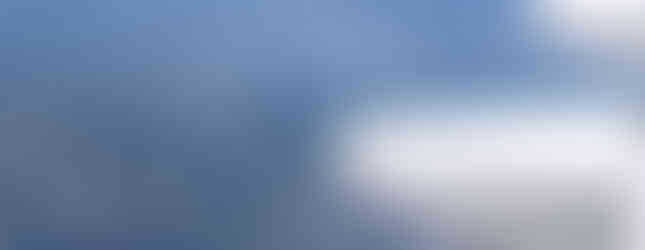

























































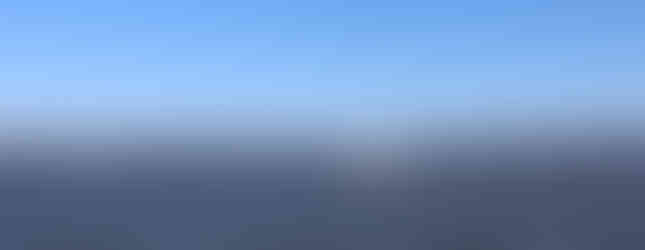

































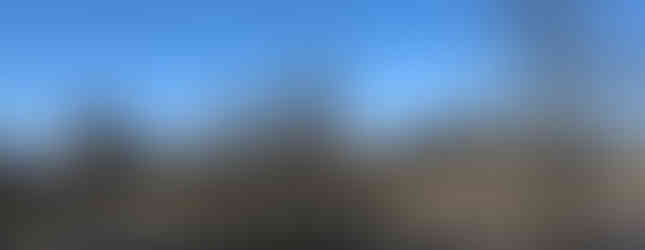


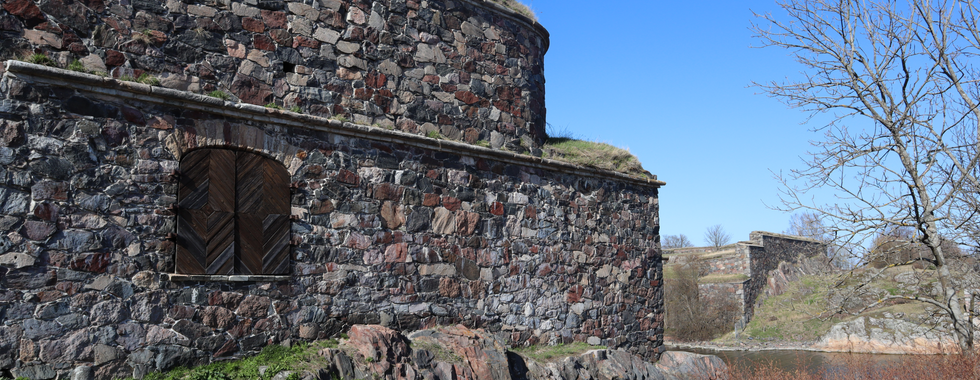










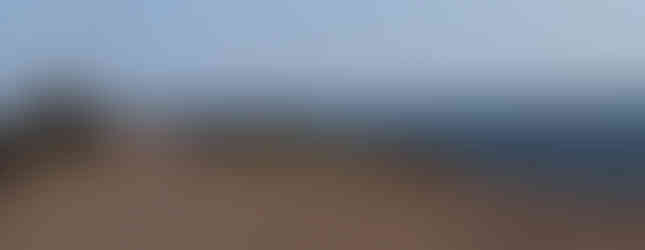




































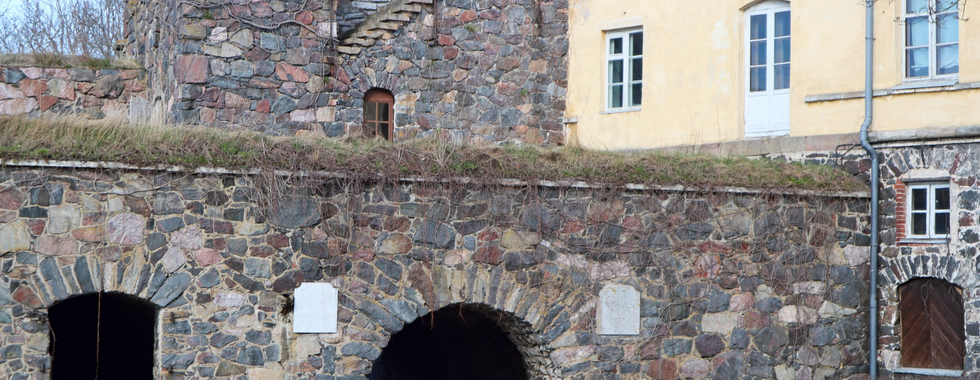





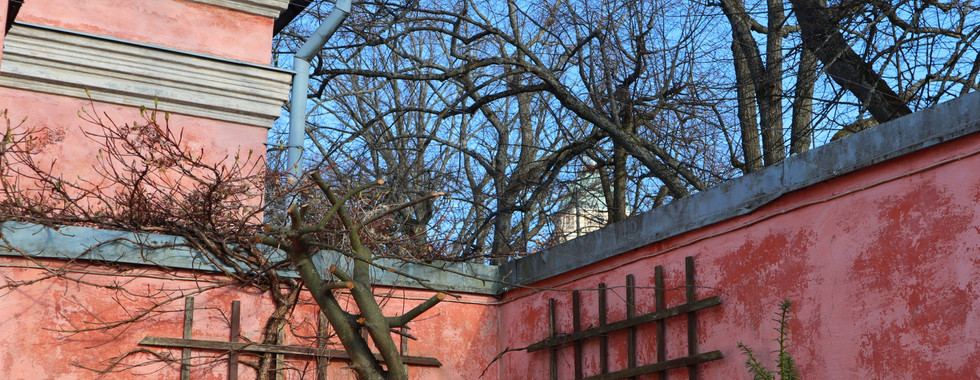

























































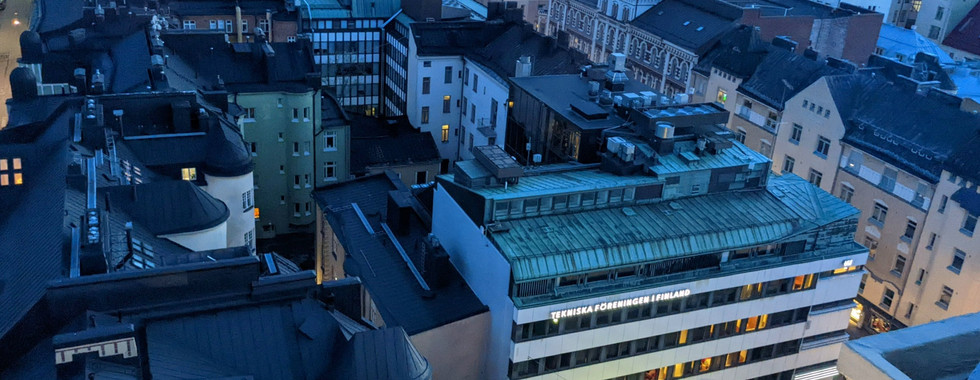

























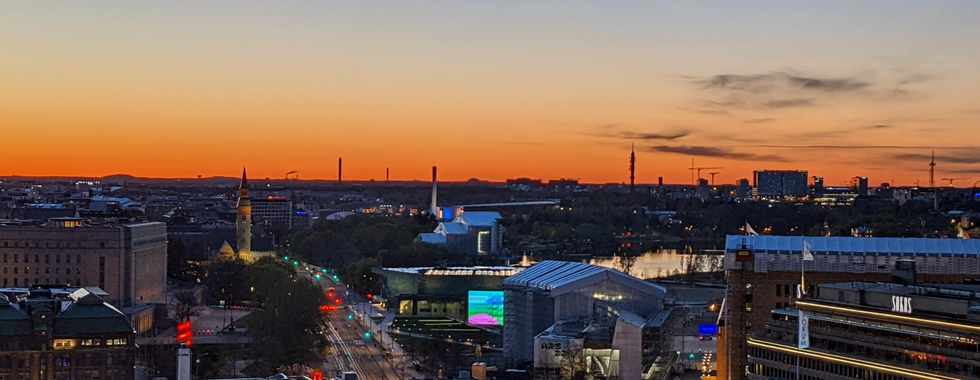

















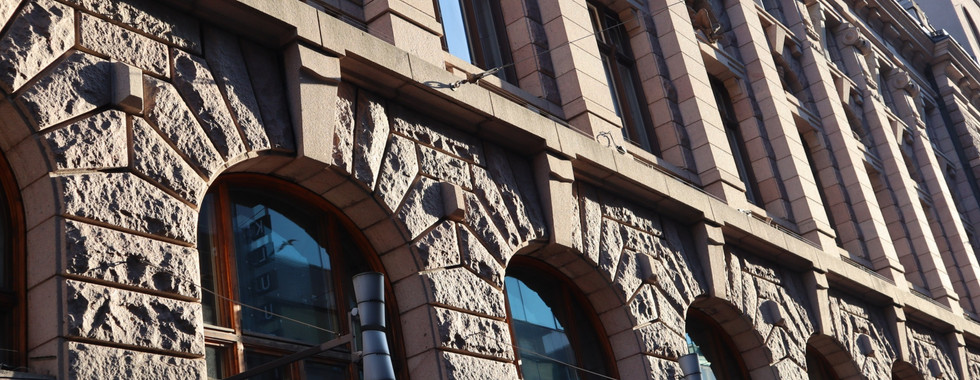






















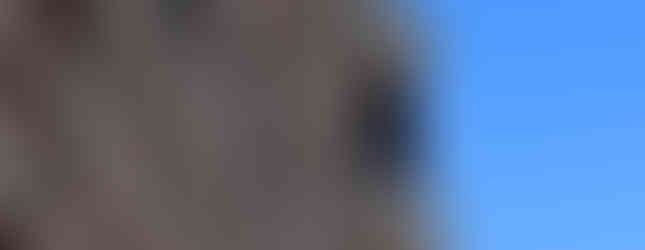





















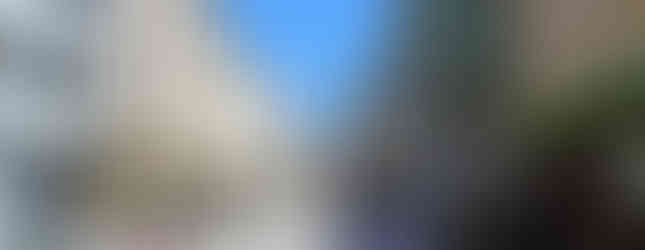

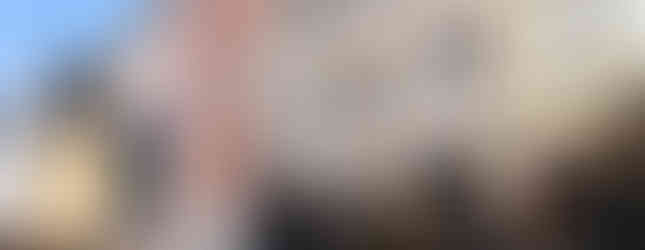



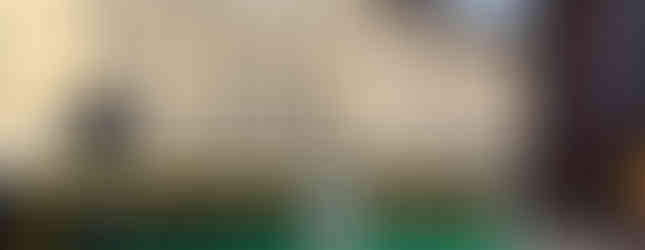









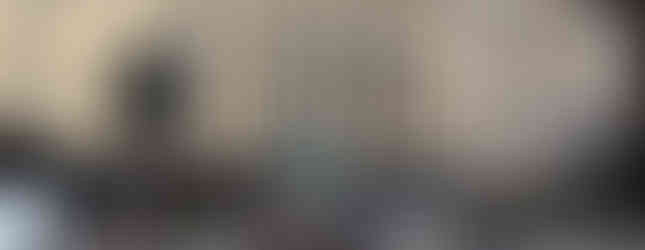























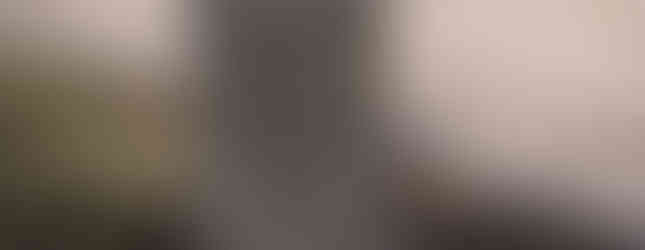













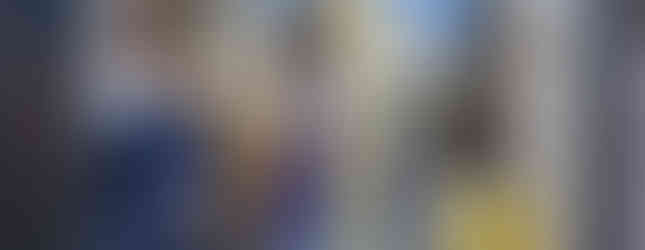




























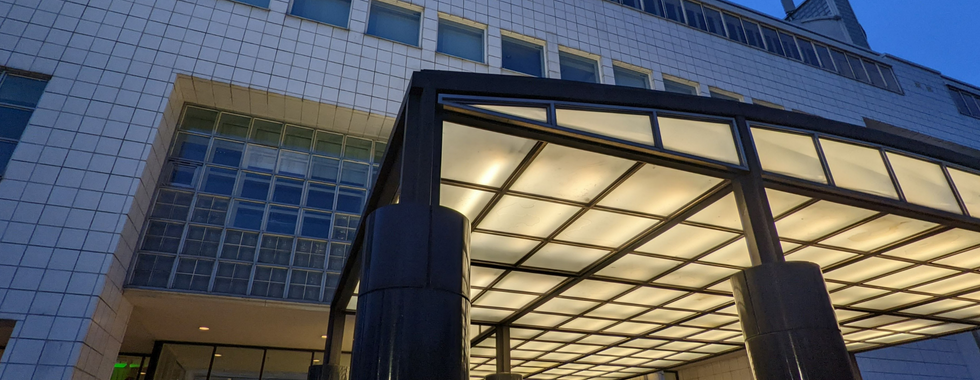














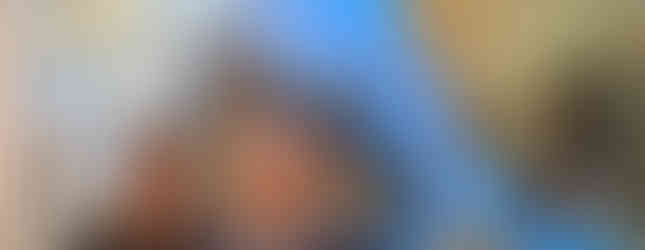






























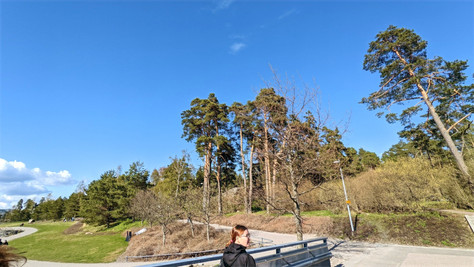





























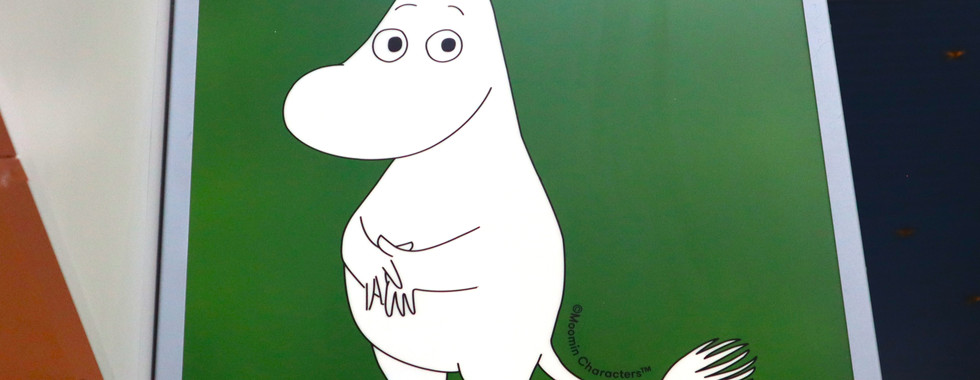









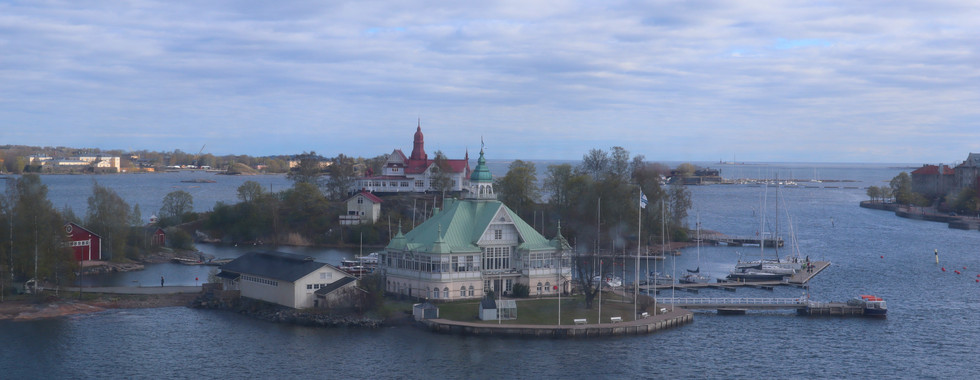

















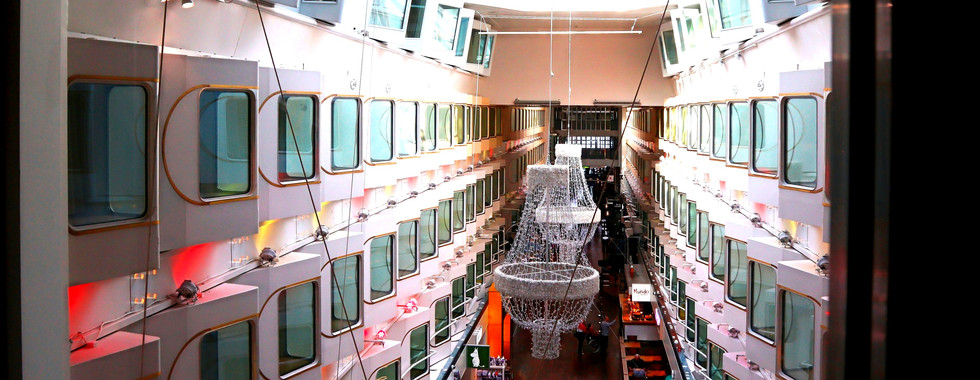






















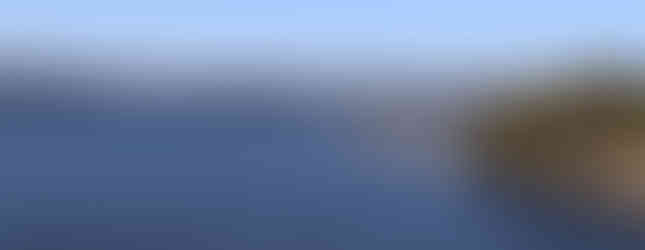








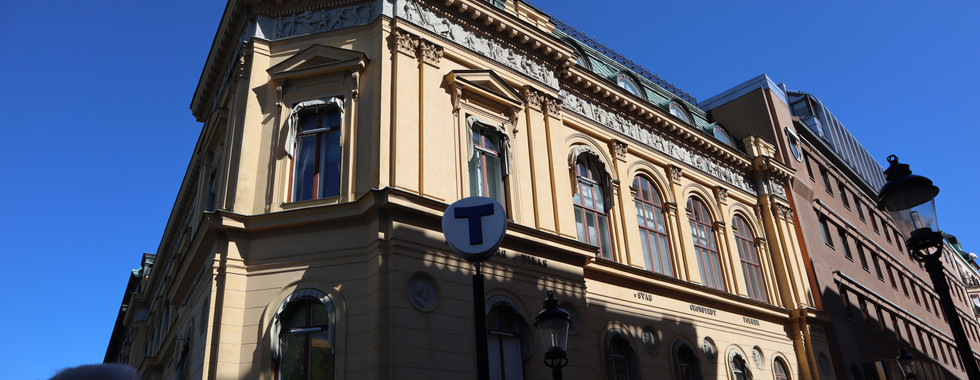






















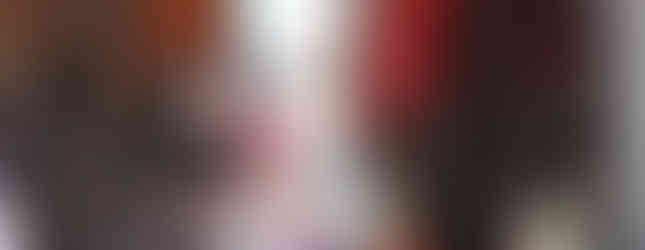






















































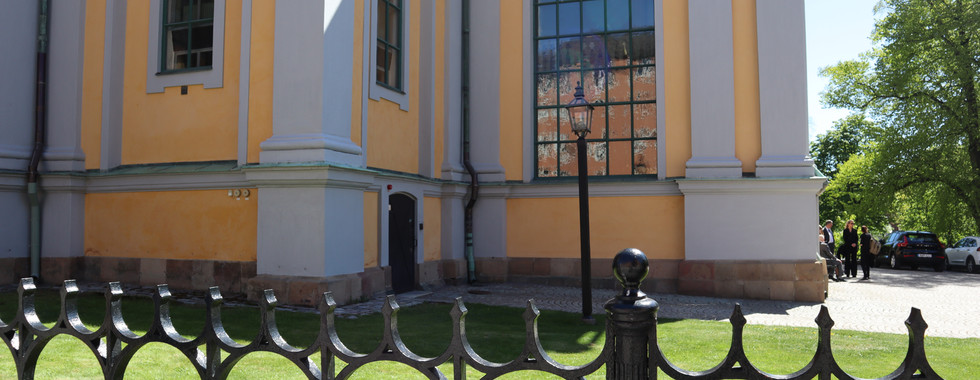













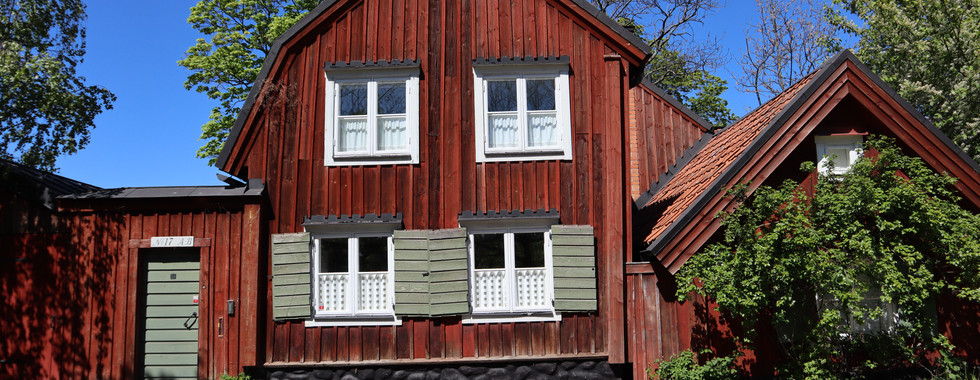
























































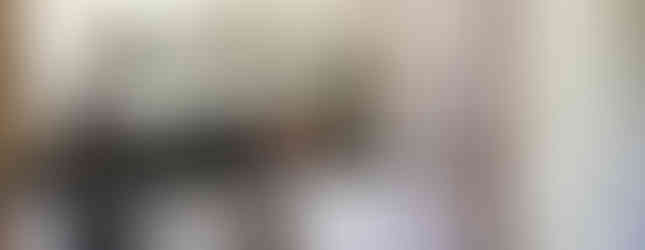








































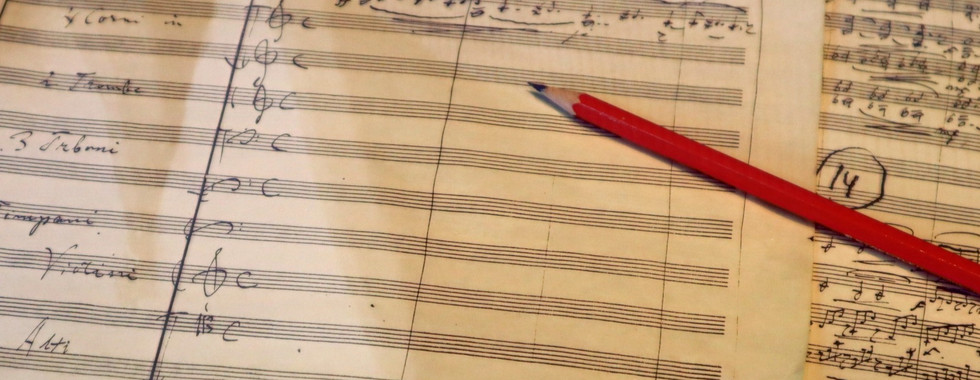



















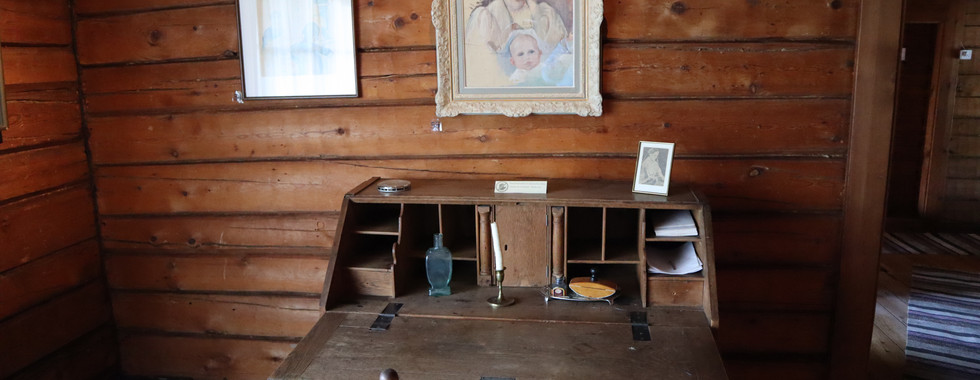







































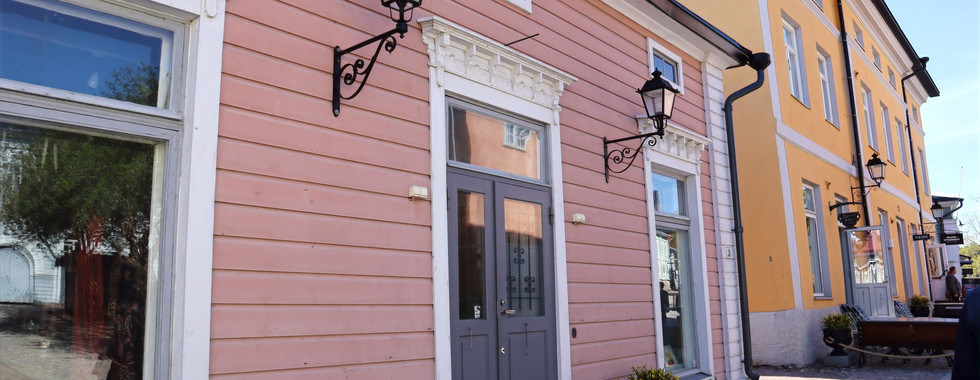















































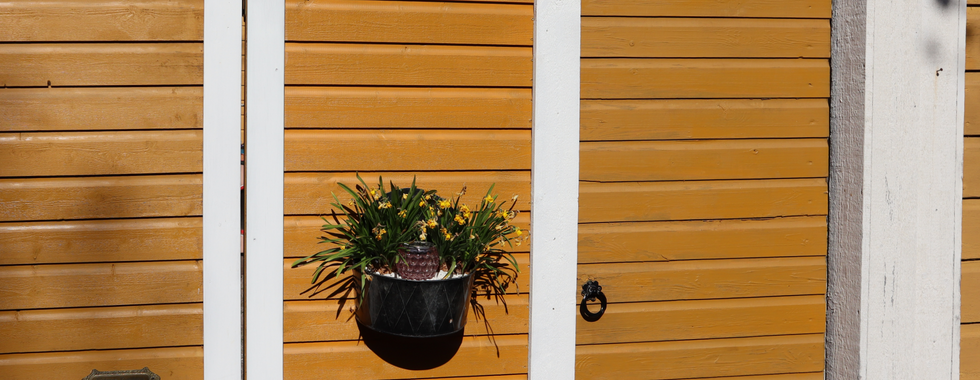










































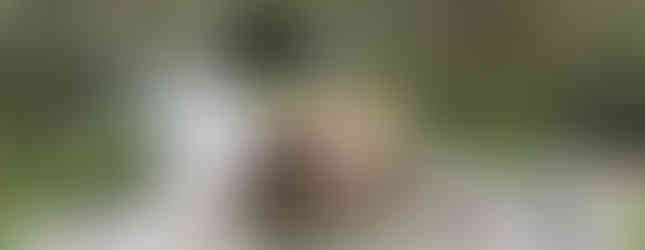



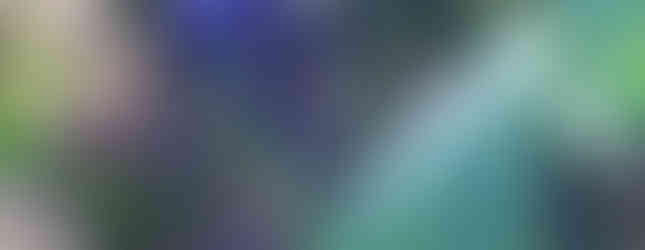












































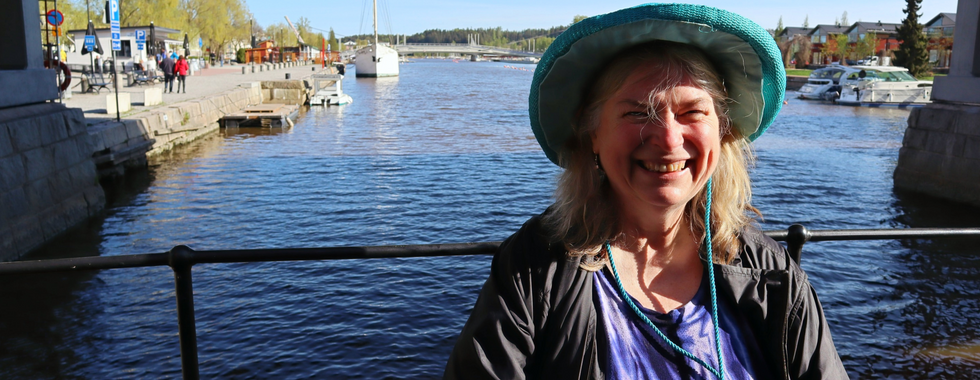









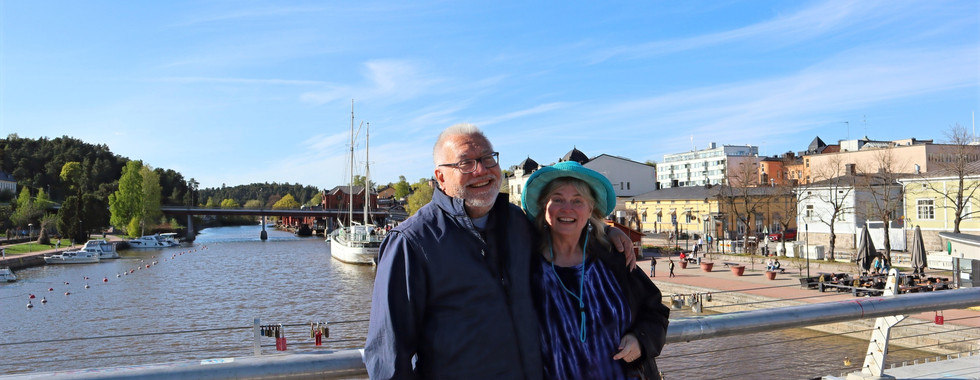










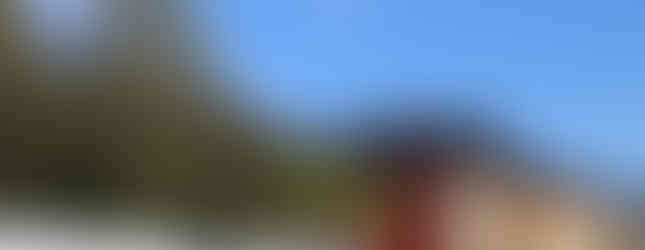






















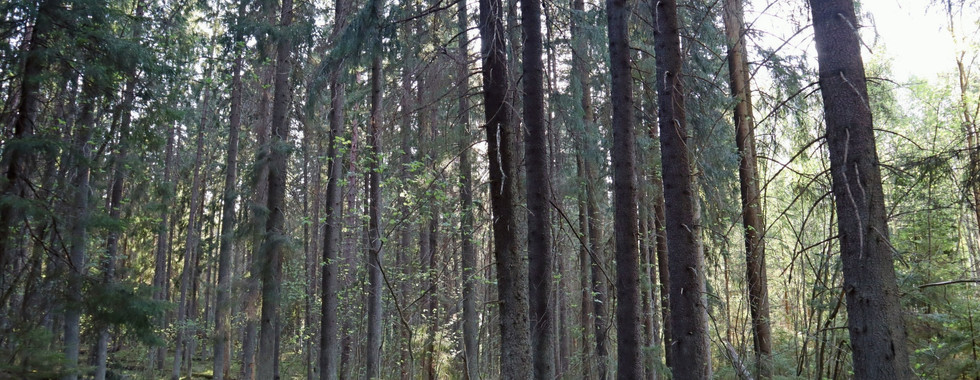

















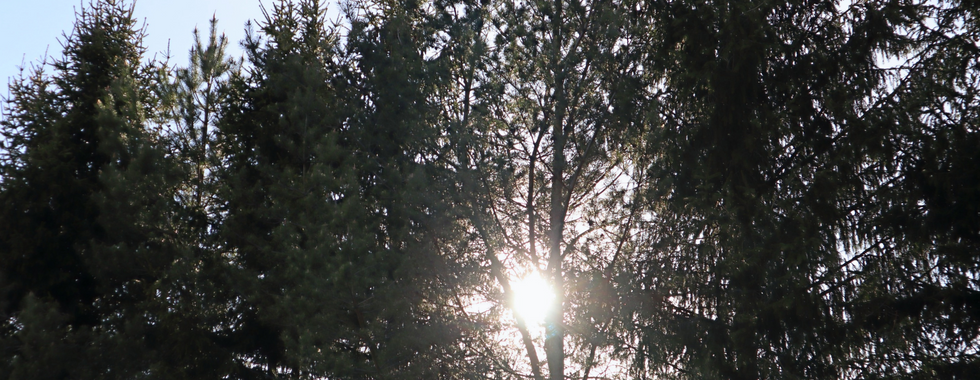













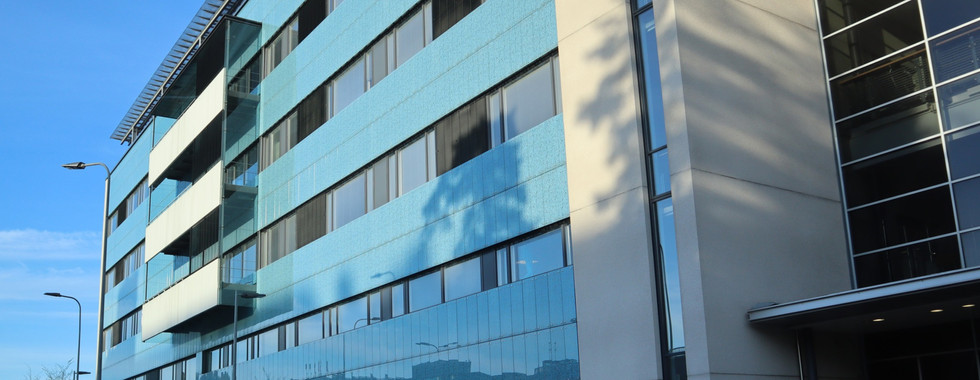













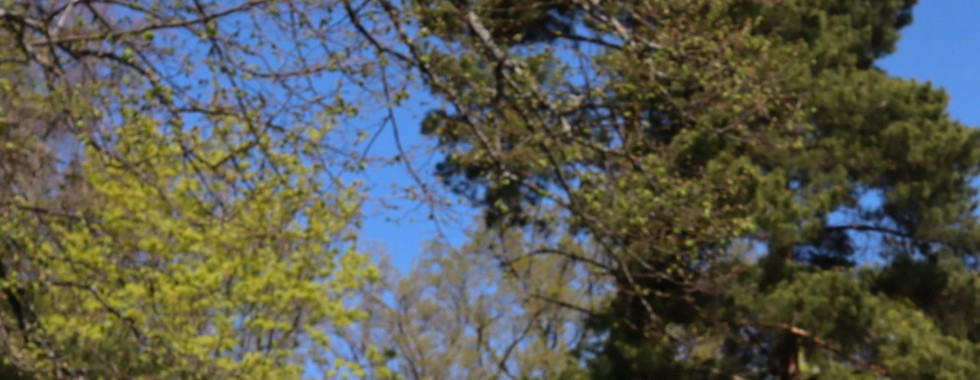


























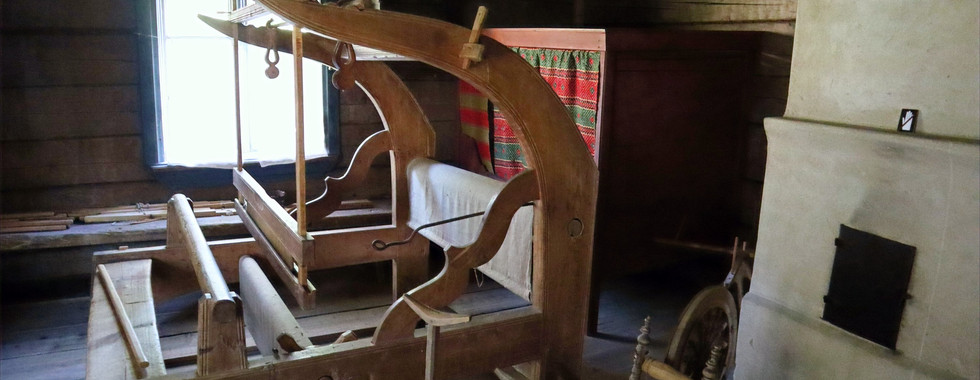





























































































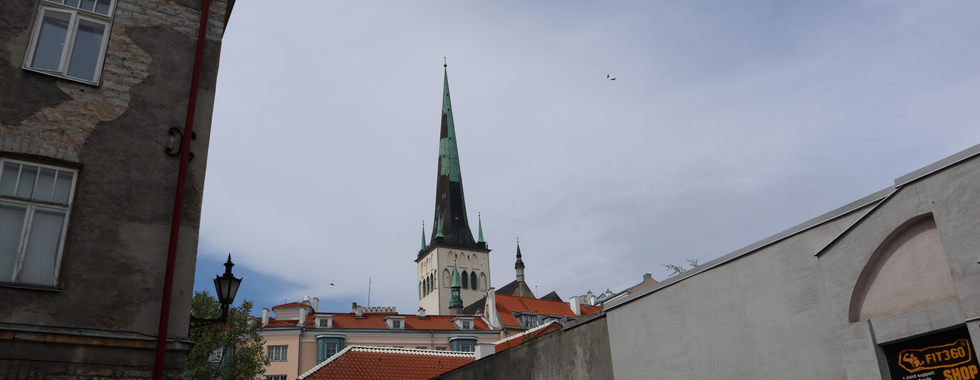









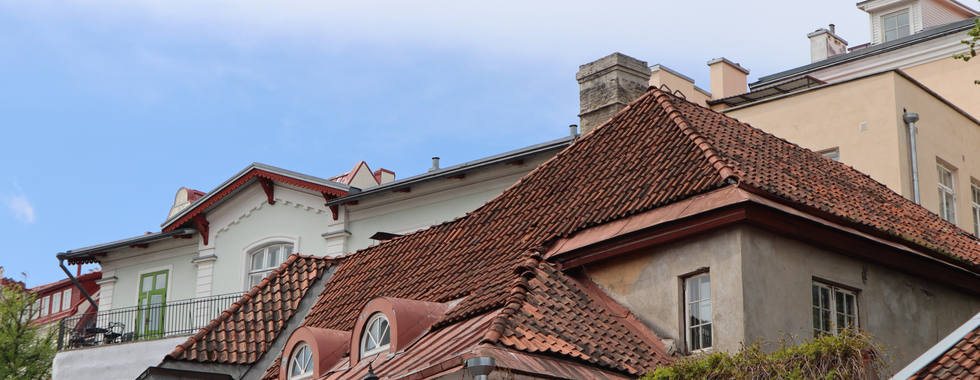





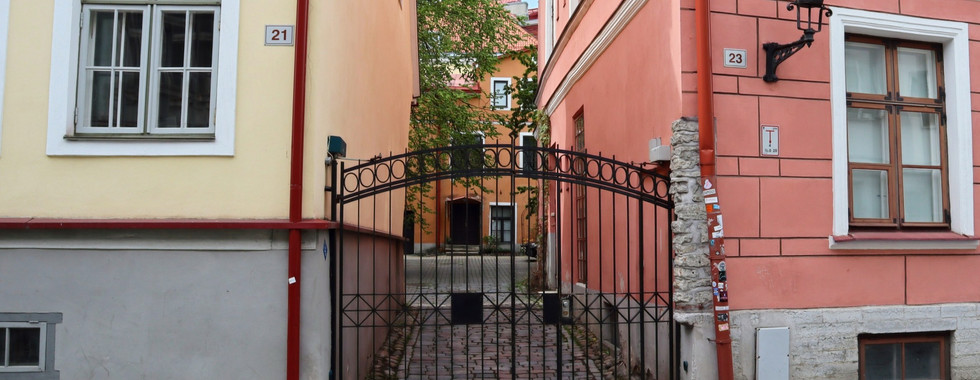





























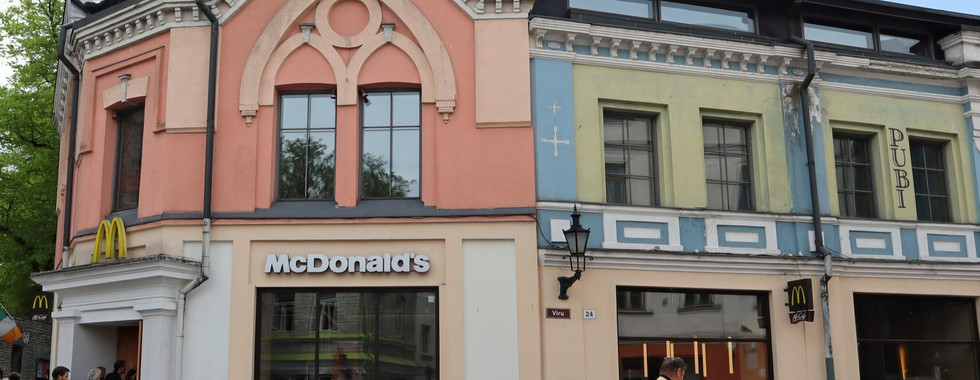































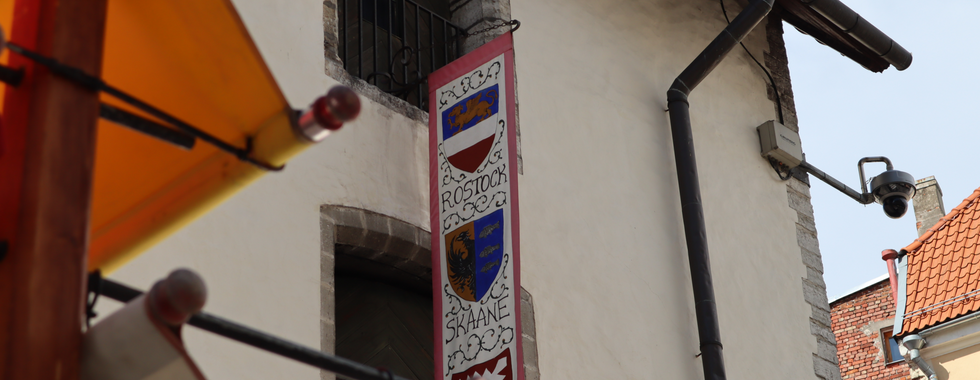


























































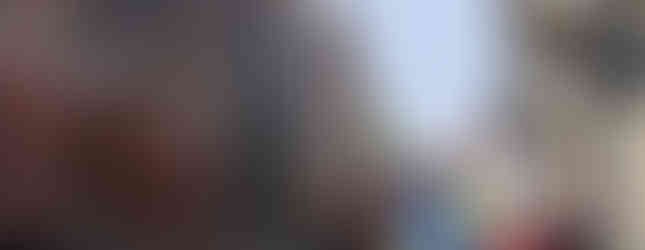


























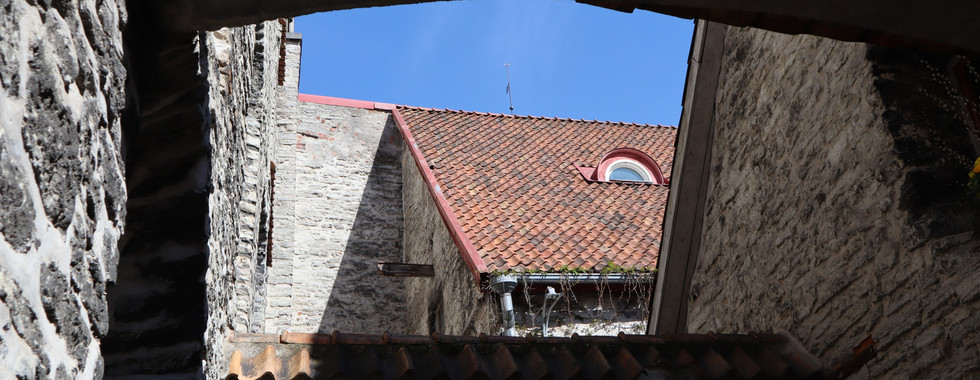

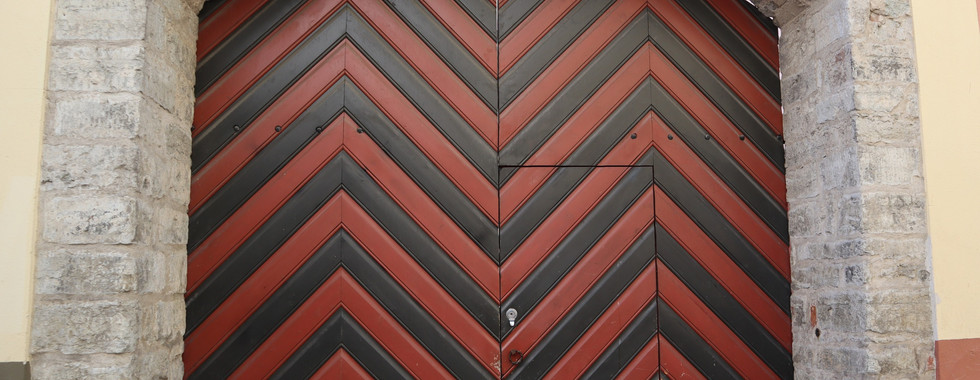

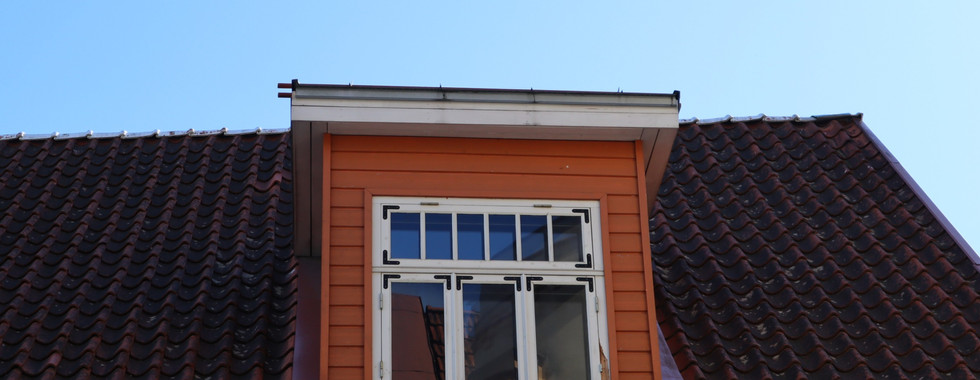





























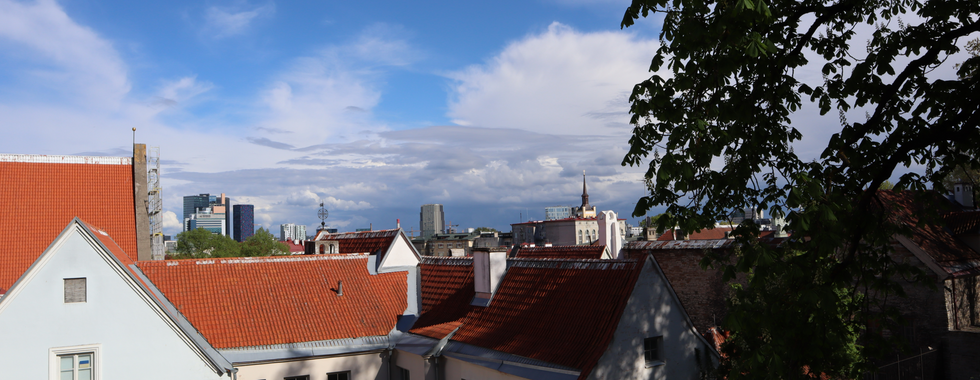

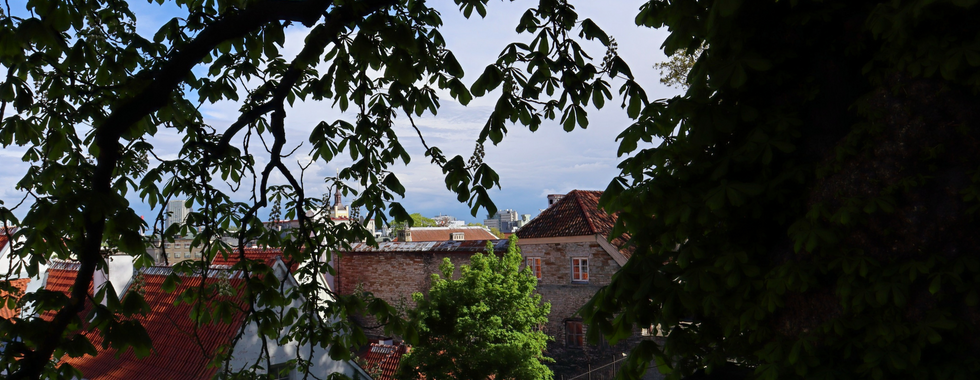









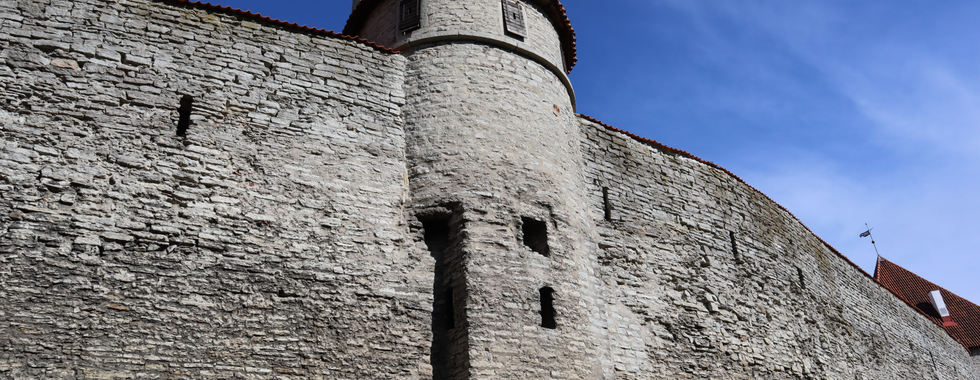







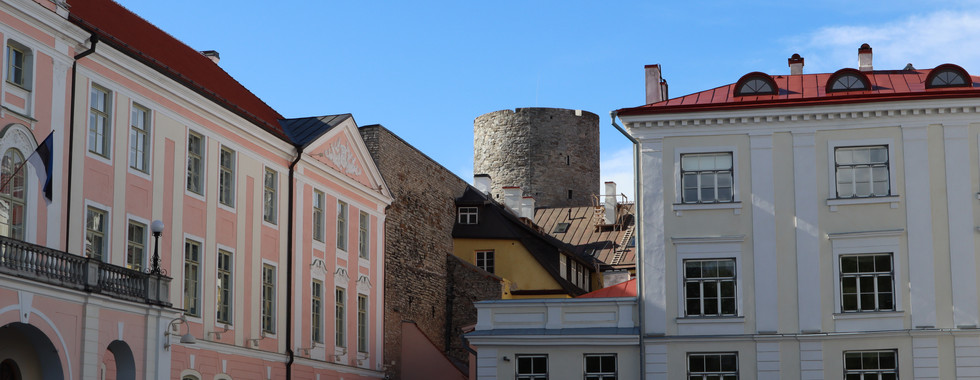






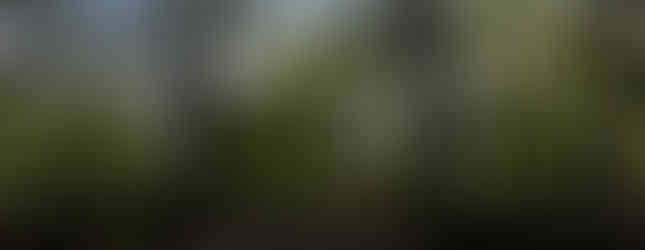







































































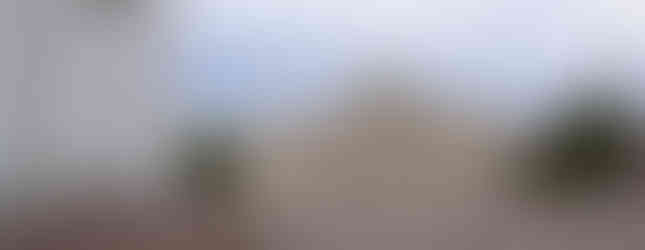



















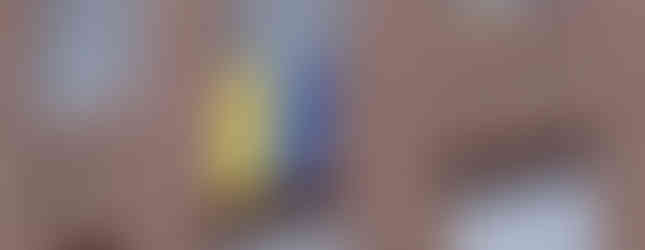



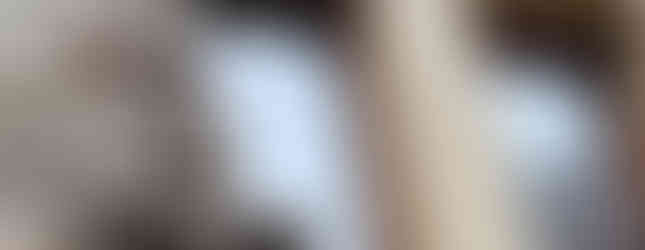










Comments